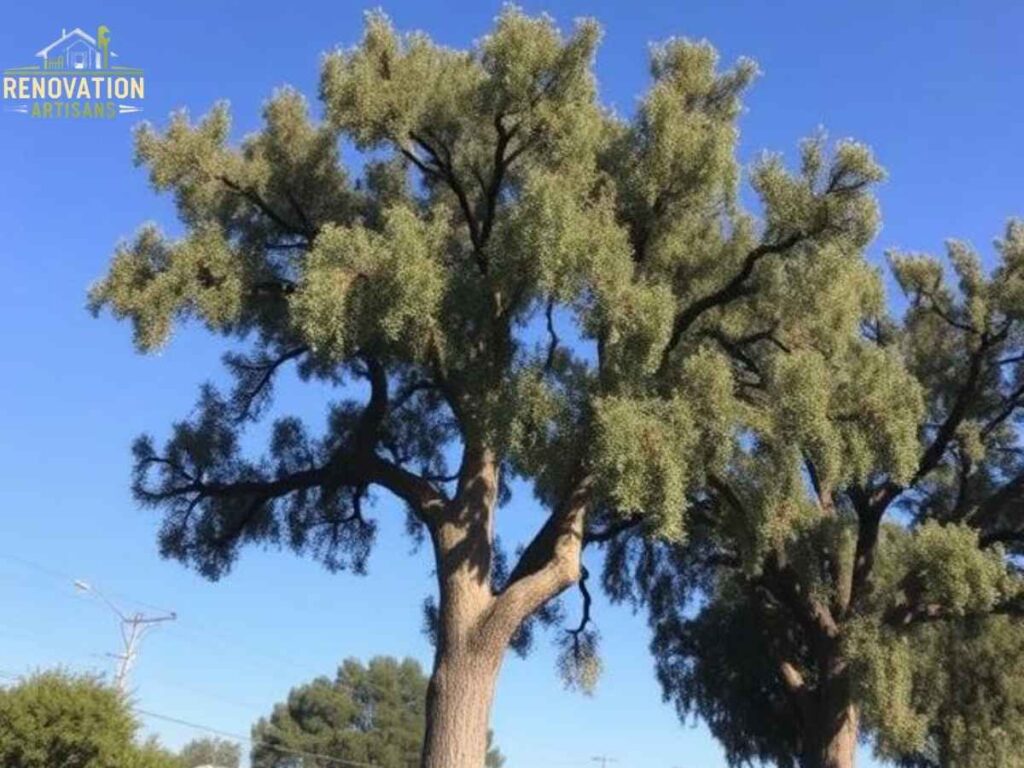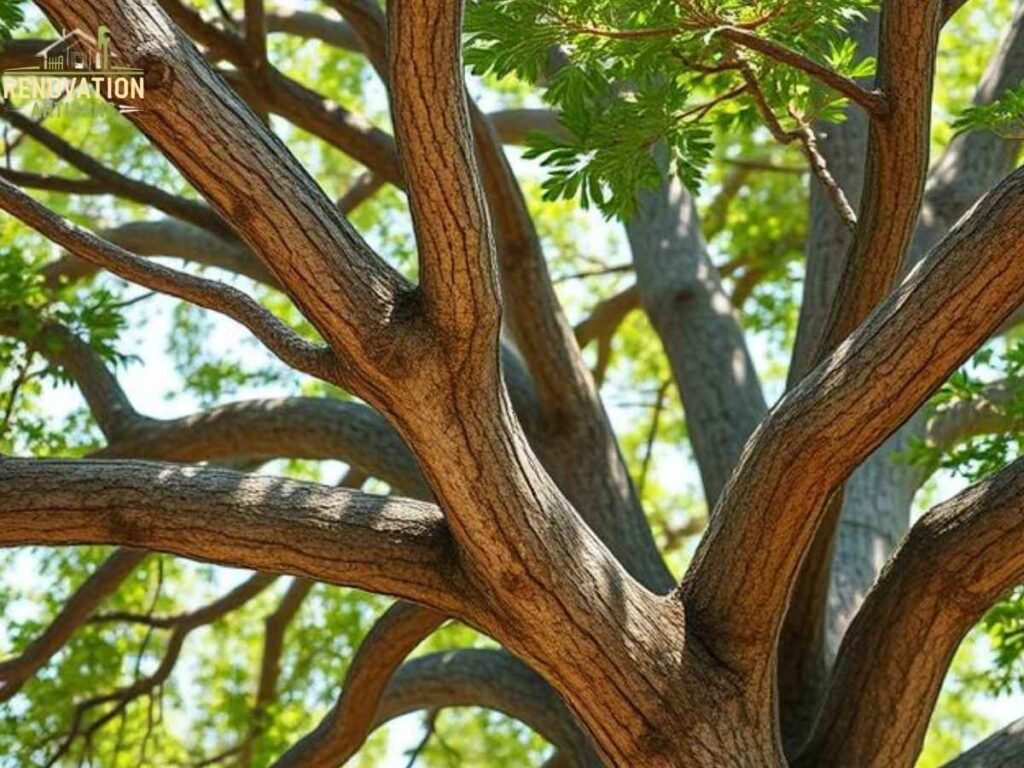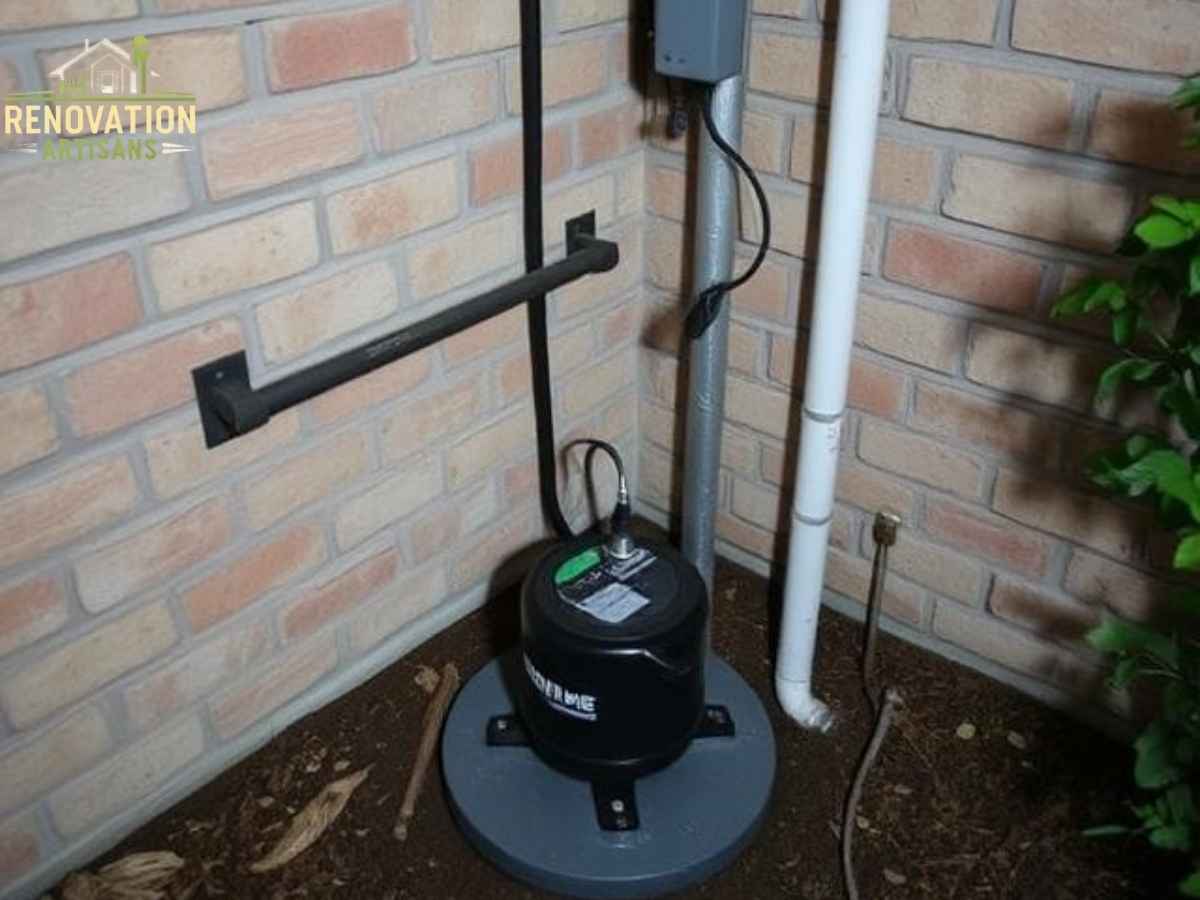Picture this: It’s a sunny morning in Hancock Park, the scent of blooming jasmine mixing with the city’s signature energy. Strolling beneath the canopy of old coast live oaks, you notice leaves mottled with brown spots, some branches brittle and bare—likely a sign of oak blight. Oak blight isn’t just a problem for northern California; it’s becoming an urgent issue in Los Angeles neighborhoods as weather patterns and urban stressors change. Whether you own a Spanish-style bungalow in Silver Lake, manage rentals near the West Adams historic district, or oversee green spaces in Brentwood (90049), keeping your live oaks healthy is a priority for curb appeal, property value, and local biodiversity.
Many Angelenos have turned to Sacramento tree service specialists for their advanced knowledge in blight management. Sacramento firms have led statewide efforts on Sudden Oak Death and other fungal diseases, bringing cutting-edge technology and proven expertise to LA’s urban forest. Let’s explore how these experts can help save your trees, protect your investment, and keep LA beautiful.
Table of Contents
Los Angeles Oak Blight: Local Risks and Realities
Los Angeles, with its Mediterranean climate, is a hotspot for beautiful, mature oaks—especially Quercus agrifolia and valley oak varieties. But the unique mix of summer heatwaves, mild rainy winters, and air pollution creates a perfect storm for oak blight. Unlike cooler Sacramento, LA’s higher urban heat index (up to 15 degrees more in concrete-heavy areas like Koreatown 90020) accelerates stress on trees already vulnerable to pathogenic fungi and bacteria.

Blight symptoms often appear as:
- Leaf browning or yellowing along branch tips
- Black streaks or cankers on branches
- Premature leaf drop, reducing shade and habitat
- Branch dieback, especially after late-summer irrigation changes
Complicating matters, Los Angeles has strict urban tree ordinances. On public streets, removal or heavy pruning of protected oaks requires a permit (see the LA County Public Works tree permit process). Homeowners in neighborhoods like Pasadena (91105, 91106) and Studio City (91604) should consult local utility guides before undertaking major work, ensuring compliance with the city’s protected tree list. On top of regulations, the local drought, unpredictable rainfall (typically averaging only 15 inches annually), and growing occurrence of root compaction from construction further endanger oaks, making professional intervention essential.
Comprehensive Oak Blight Solutions: LA Neighborhood Examples
Solving oak blight in Los Angeles demands neighborhood-specific strategies. Let’s break down how Sacramento tree service experts adapt solutions for LA’s diverse communities:
Silver Lake (90026): Small-Lot Urban Homes
In this hillside enclave, older coast live oaks provide shade and wildlife habitat. Most homes sit on compact lots with limited root spread. Here, experts recommend:
- Mulch application (2–4in) around drip zones to conserve moisture and suppress pathogens.
- Targeted fungicide trunk injections, only after confirming blight with professional lab testing—never DIY sprays.
- Deep root aeration (using pneumatic tools) to address compaction caused by backyard renovations.
- Annual pruning during dormant months, strictly avoiding heavy cuts in spring/summer to prevent stress.
Westwood (90024): Estate Oaks and Commercial Properties
In Westwood’s sprawling estates and UCLA-adjacent campuses, large oaks stand over driveways and parking lots. Sacramento tree service teams use:
- Digital mapping of root systems before any landscaping projects
- Customized irrigation scheduling (ideally drip systems, not overhead sprays) to prevent fungal spread
- Regular monitoring for insect vectors (like the Polyphagous Shot Hole Borer) that exacerbate blight
- Building stakeholder partnerships with local utilities (see the LADWP tree watering guide)
Boyle Heights (90033): Community Parks and Sidewalk Trees
Boyle Heights blends dense residential blocks with vibrant parks. Here, tree care is often collaborative—park managers, local schools, and city contractors work together. Solutions include:
- Community workshops on identifying early blight symptoms
- Coordinated removal and disposal of infected debris (following LA County green waste rules)
- Installation of physical barriers around healing trees to deter vandalism and accidental traffic damage
Real Case Studies: LA Success Stories
Let’s get hyper-local with three true-to-life anecdotes demonstrating how Sacramento tree service specialists made a difference:
1. Hancock Park Revival (90004)
The Wilson family, stewards of a 1920s Craftsman home, faced sudden oak leaf browning and canopy thinning in summer 2024. After discussing options with three local tree care outfits, they accepted a referral from the LA Tree Foundation to a Sacramento-based firm. Within 48 hours, a team arrived, running soil diagnostics and leaf tissue tests. They identified verticillium wilt—often confused with oak blight—and administered trunk injections plus mulch restoration. By fall, the canopy rebounded, inspiring neighboring blocks to tackle tree health collectively.
2. Encino Commercial Triumph (91436)
An Encino plaza lost two mature valley oaks over three years, threatening the center’s shade and aesthetic. Sacramento specialists conducted a full site analysis, flagged irrigation system flaws, and used drone-based monitoring for branch health. Strategic pruning and biofungicide application contained blight, raising property value and reducing utility costs thanks to restored shade. Owners now host ‘Tree Health Days’ in partnership with the local chamber of commerce.
3. Lincoln Heights Community Defense (90031)
After LA’s rainy 2023, a cluster of sidewalk oaks in Lincoln Heights developed black streaks. Residents reported the issue via LA County’s 311 portal. Sacramento professionals coordinated with neighborhood councils and city arborists for a multi-day rescue—removing affected limbs, improving soil health, and launching a local monitoring campaign. Today, the trees are thriving, and Lincoln Heights Elementary students even adopted “Oak Guardianship” programs.
Profiles: Top 3 Sacramento Tree Service Providers in Los Angeles
Today, three Sacramento-rooted teams consistently deliver stellar oak blight management for LA clients. Here are the standouts:
- Sacramento Arborists LA Branch
Website: sacramentoarboristsla.com
Specialty: High-tech diagnostics, licensed for Sudden Oak Death management, rapid-response teams
Why They Shine: They combine northern experience with hands-on LA knowledge, offering real-time monitoring and emergency tree care across all major ZIP codes. - Capital Tree Physicians of LA
Website: capitaltreephysiciansla.com
Specialty: Advanced fungicide treatments, organic soil management, full permit handling
Highlight: Known for sustainable solutions, they work directly with homeowner associations and have a hotline for urgent disease outbreaks. - Valley Oak Solutions
Website: valleyoaksolutions.com
Specialty: Drone inspection, root restoration, community workshops
Local Impact: Their “Roots & Shoots” youth outreach brings together neighborhoods for education, mapping, and conservation action—especially in underserved areas.
Tools, Permits, and Resources for LA Oak Blight Management
If you’re considering oak blight intervention for your Los Angeles property, these local resources are invaluable:

- LA County Public Works Tree Permit Portal: All pruning or removal in parkways and public areas requires permits.
Visit: pw.lacounty.gov/TREE - LADWP Tree Watering Guidelines: Optimize your irrigation to keep street and yard oaks healthy under water restrictions.
Visit: ladwp.com/tree-care - Los Angeles Tree Foundation: Nonprofit focusing on urban forest health, workshops, and citizen science.
Visit: latreefoundation.org - California Urban Forests Council: Advocacy and education for environmental best practices.
Visit: caufc.org
For internal upkeep, reference LA City Department of Recreation and Parks guidelines. Consult local industry associations for advice on approved contractors and workshops.
The People Also Ask: LA Oak Blight Edition
What is the main cause of oak blight in Los Angeles?
Oak blight is driven by a range of pathogens—mainly fungal, sometimes bacterial—that thrive in LA’s variable humidity, drought patterns, and urban pollution. Compacted soil, improper watering, and air pollutants also increase susceptibility.
Can Sacramento tree service firms legally work in LA neighborhoods?
Yes. The top Sacramento providers have local branches and partnering licenses in Los Angeles. They comply with all city tree ordinances and facilitate permit application for protected species.
How quickly can oak blight be treated in Los Angeles homes?
If detected early, treatment can begin within 24–48 hours—especially with Sacramento firms offering rapid-response assessment. For advanced cases, expect up to several weeks for full remediation depending on the extent of dieback.
FAQ: Oak Blight Tree Service in Los Angeles
How do I know if my oak tree in LA is affected by blight?
Look for leaf discoloration, black streaks on branches, or premature leaf drop. For accurate diagnosis, consult a certified arborist who can run lab tests.
Are there any LA-specific permit requirements for oak pruning?
Absolutely. The LA County Public Works and LA City Department require permits for major pruning or removals, especially for protected oak species.
How can I choose a reliable tree service provider in my neighborhood?
Opt for teams with proven oak blight management experience, verified licenses, and local references. Check external boards like the California Urban Forests Council.
Is organic treatment effective for oak blight in Los Angeles?
Yes—many Sacramento providers offer organic options like compost tea and mycorrhizal boosters tailored to LA’s unique climate.
Can I treat oak blight myself, or should I hire a professional?
While DIY efforts like mulching help, blight usually requires advanced diagnostics and chemical treatments best handled by experts.


